Induction Cooktop vs Electric

In the quest for the perfect culinary space, homeowners are often faced with the dilemma: induction cooktop or electric cooktop. This choice is not just about selecting a kitchen appliance; it's about enhancing the heart of the home where meals are crafted and memories are made.
Whether you're swayed by the precision of induction cooking or the traditional appeal of an electric stove, understanding the nuances of each will ensure your kitchen is not only aesthetically pleasing but also functionally supreme.
In this blog, we'll discuss the intricacies of both induction cooktops and electric cooktops. From energy efficiency to cooking performance, and safety features, we explore how each type impacts your cooking experience, kitchen design, and utility bills.
Induction Cooktops
The induction cooktop has become a go-to option in modern kitchens, revolutionising the way we cook. Unlike traditional electric cooktops or gas cooktops, induction cooktops utilise a magnetic field to directly heat pots and pans, ensuring precise heat control and precise temperature control. This key difference is a major point in the electric vs induction debate.
With their sleek ceramic surface and the capability to boil water with unmatched speed, induction cooktops blend energy efficiency with high heat performance. The safety features of induction cooktops include residual heat indicators and the absence of an open flame.
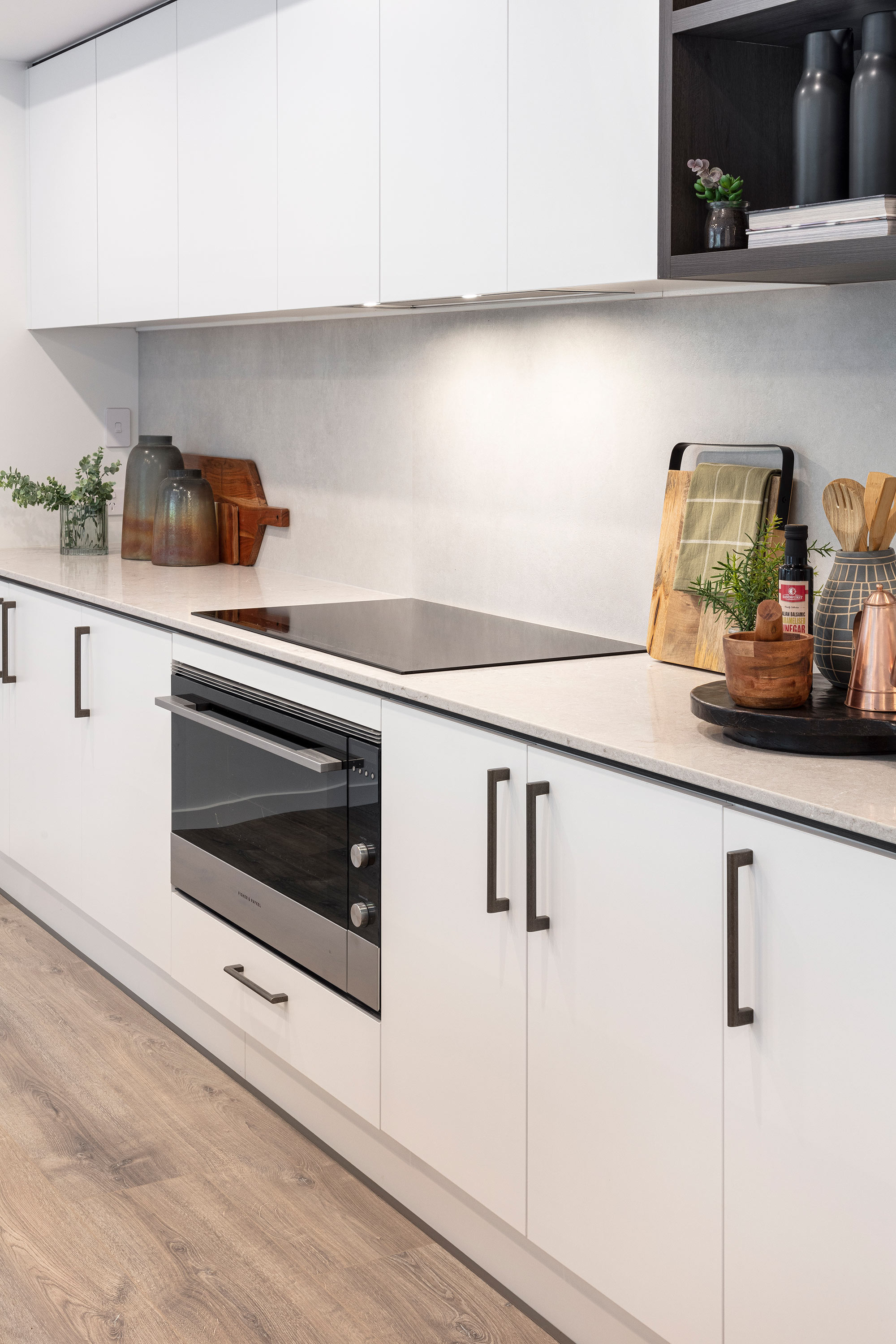
How Does an Induction Cooktop Work?
At the heart of the modern kitchen lies the induction cooktop. Unlike traditional cooking appliances such as gas stoves or ceramic cooktops, induction cooktops work through the power of electromagnetic fields.
But how exactly does this innovative technology work? Let’s break it down:
1. Creation of an Electromagnetic Field
An induction cooktop generates an electromagnetic field through a coil beneath the cooking surface. This field is the cornerstone of induction cooking, directly heating pots and pans with remarkable precision.
Unlike gas cooktops or electric cooktops that use heating elements, induction uses electromagnetic energy, ensuring direct contact with the cookware for rapid heating.
2. Requirement for Induction-Compatible Cookware
For the magic to happen, pots and pans made of iron or stainless steel are essential. These materials are responsive to the electromagnetic field, allowing them to heat up and cook the food inside.
Compatible cookware is key to effective induction cooking. Materials such as cast iron and some stainless steel variants work best, as they conduct the electromagnetic energy efficiently.
3. Direct Heating of Cookware
Once the compatible cookware is placed on the cooktop, the electromagnetic field induces currents in the cookware, turning it into the heating element itself.
This method contrasts sharply with other appliances, where heating elements warm the cooking surface, which then transfers heat to the pan. Induction ensures heat is generated within the pan, providing greater flexibility and efficiency.
4. Control and Efficiency
The temperature can be precisely controlled, allowing for low-heat to high-heat cooking with minimal energy loss. Induction cooktops are not only cost-effective but also safe, as the surface remains relatively cool.
Energy efficiency is a standout feature of induction cooking. Most of the energy consumed goes directly into heating the food, unlike gas or electric cooktops, where heat can escape into the air.
5. Safety and Cleaning
With no open flame and a surface that doesn't get as hot as other cooking zones, induction cooktops are safer and easier to clean. Residual heat indicators may signal when the cooktop is warm, but it cools down quicker than gas or electric options.
The safety features and ease of cleaning make the induction cooktops the best cooktop option for those prioritising kitchen safety and hygiene.
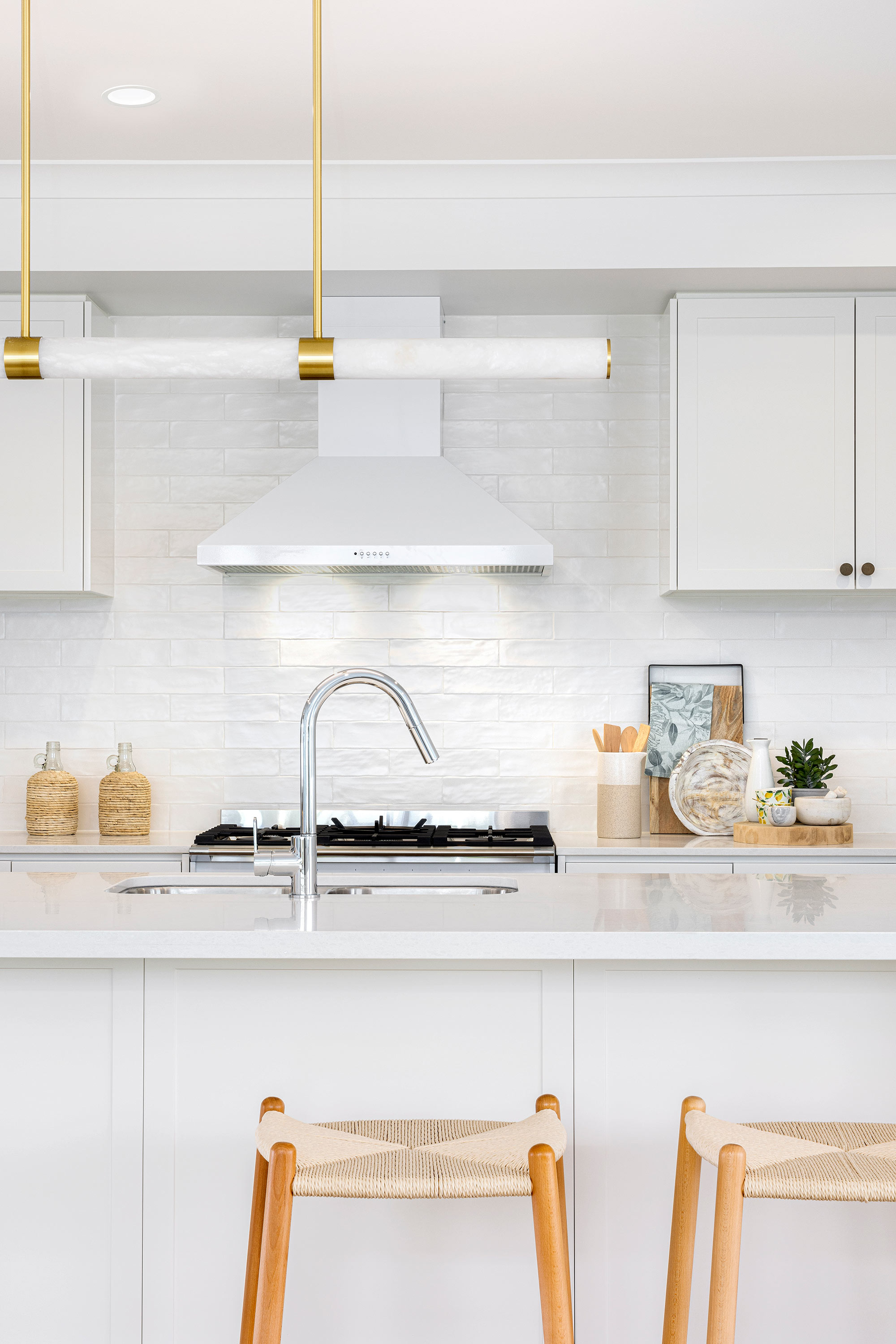
Are Induction Cooktops Energy Efficient?
Induction cooktops are celebrated for their remarkable energy efficiency, surpassing both gas and electric counterparts in the race for eco-friendly cooking. By directly heating cookware via an electromagnetic field, these innovative appliances ensure minimal heat loss.
Compared to traditional gas cooktops that lose heat through the open flame, or electric stovetops that take longer to transfer heat, induction technology delivers precise temperature control with less energy.
Pros
Induction cooktops are revolutionising kitchens, offering unmatched efficiency and precision. Let's delve into the key benefits that set them apart in the "induction cooktop vs electric cooktop" debate:
- Boils water faster than gas or electric stoves, slashing cooking times.
- Directly heats cookware, minimising heat loss and saving energy.
- Offers unparalleled control over cooking temperatures for perfect results.
- The surface stays cool to the touch, reducing burn risks.
- A smooth surface without grates simplifies cleaning.
- Uses less energy, contributing to a lower carbon footprint.
- Some models include timers, pause buttons, and other convenient features.
- Works with any pots and pans that a magnet will stick to.
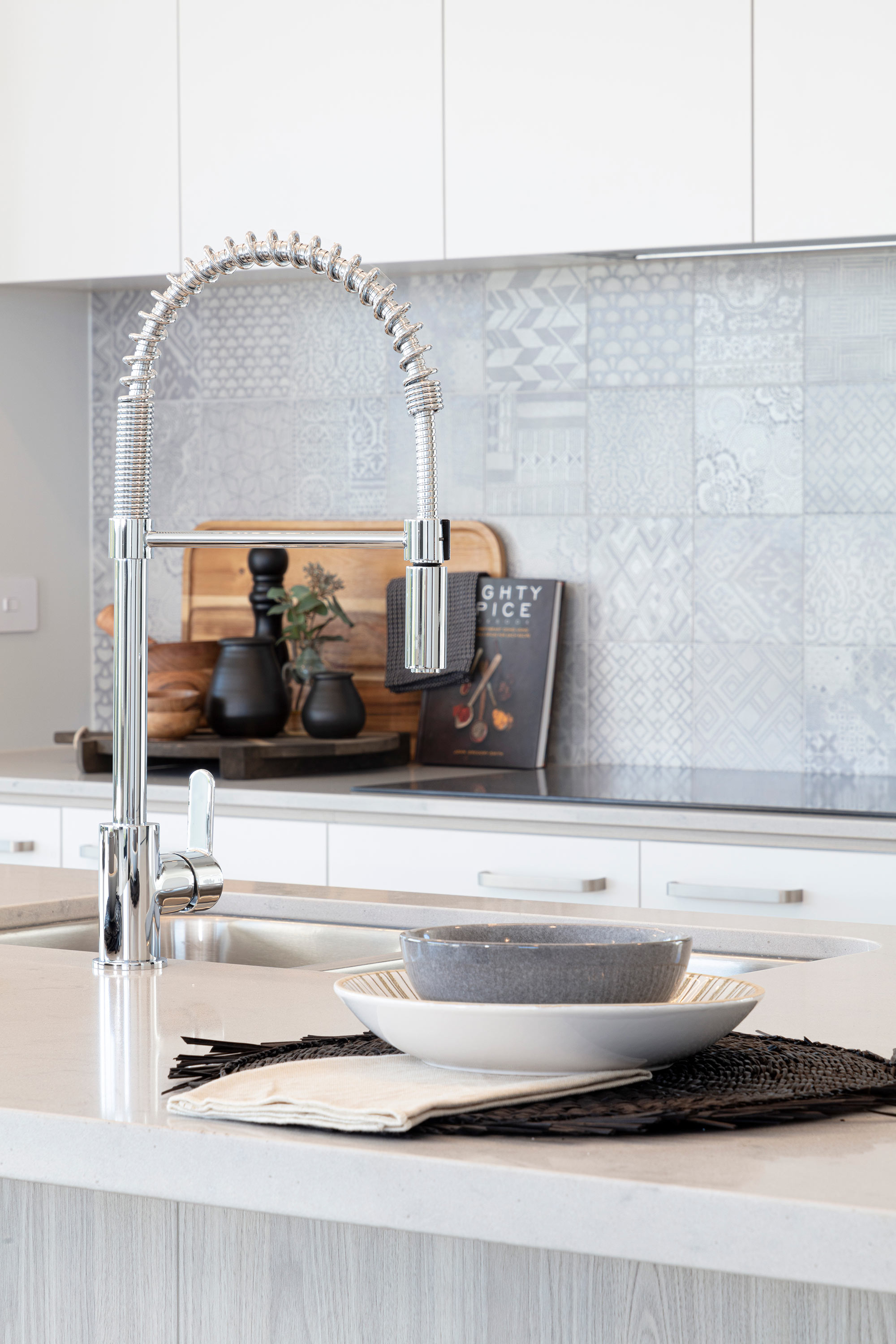
Cons
While induction cooktops offer numerous advantages, it's important to consider their potential drawbacks before making a decision:
- Generally more expensive than gas or electric counterparts.
- Only works with iron pans and certain stainless steel varieties.
- May emit a low humming noise at high settings.
- Requires a stable and sufficient power supply.
- Repairs might be more complex compared to a gas stove.
- Performance can be affected by electrical surges.
- New users may need time to adjust to touch controls and settings.
- May not achieve the very low heat needed for specific dishes.
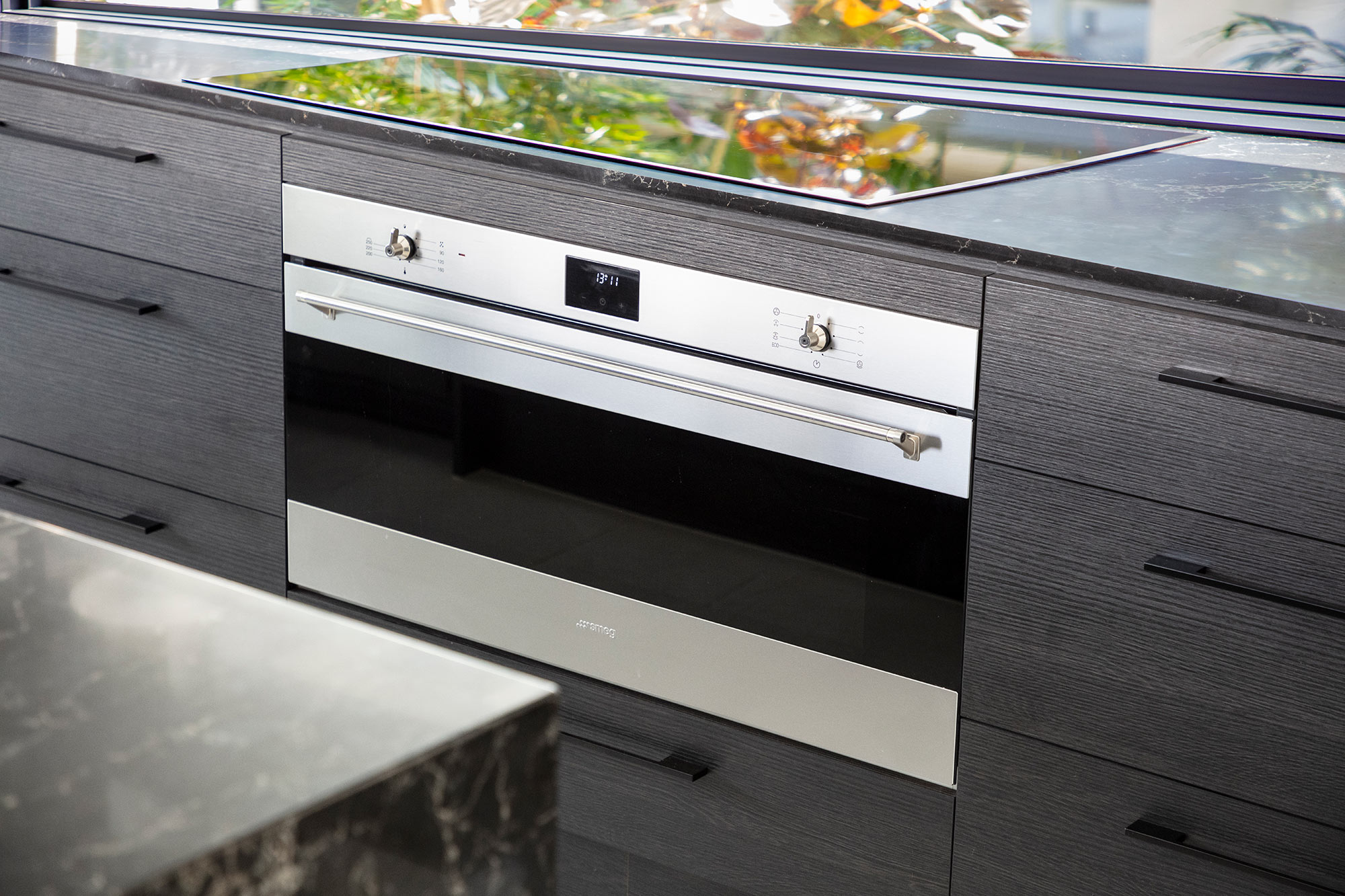
Electric Cooktops
Electric cooktops have long been a staple in kitchens worldwide, offering reliability and straightforward functionality. These kitchen appliances provide a flat surface for cooking food, utilising heating elements beneath ceramic cooktops to distribute heat.
Unlike gas cooktops, they don’t require a specific gas connection or gas supply, making installation simpler. Electric stoves are versatile, supporting a variety of pans and pots on their stovetop, and are considered the right choice for many due to their ease of cleaning and available space.
How Does an Electric Cooktop Work?
Electric cooktops have been a kitchen mainstay, offering a straightforward approach to cooking with their user-friendly design. Let's delve into how these dependable appliances work:
1. Electricity as the Source
Unlike gas cooktops that use gas lines or gas supply, electric cooktops rely solely on electricity, channeling it to heating elements beneath the cooktop surface.
This method eliminates the need for a gas connection, making electric cooktops a versatile option for any kitchen setup.
2. Heating Elements
Under the cooktop's surface, heating elements - often made of coil or radiant systems - heat up when electricity passes through them, transferring heat to the cookware placed on top.
These elements can range from traditional coil designs to smooth, ceramic cooktops that integrate seamlessly into any kitchen decor.
3. Temperature Control
Users can adjust the temperature via knobs or touch controls, allowing for a range from low to high heat. The control is more general compared to the precision offered by induction cooktop technology.
Electric cooktops offer a wide temperature range, though they may not provide the instant adjustment found with induction models.
4. Cooking Zone Designation
Electric cooktops often feature four burners or more, each serving as a designated cooking zone. Some models include five or six burners for more space and flexibility in cooking.
The cooktop size and the number of burners are important considerations, affecting the cooktop’s versatility and suitability for different pans and pots.
5. No Special Cookware Required
Unlike induction cooktops, there's no need for iron pans or specific cookware; any pan or pot can be used, making it the right cooktop choice for those not wanting to invest in new kitchenware.
This flexibility in cookware choice ensures electric cooktops remain the right choice for many, without the additional cost of specialised items.
Pros
Electric cooktops offer a blend of traditional cooking with modern convenience, making them a favourite in many kitchens.
Let's explore their key benefits:
- Works with all types of cookware, no need for special pots or pans.
- No gas line or gas connection is required, plug in and start cooking.
- A flat surface and removable grates make cleanup a breeze.
- Heating elements provide consistent temperature for reliable cooking results.
- Generally less expensive than induction models, offering great value.
- Operates without the need for electronic ignition or a range hood.
- Less susceptible to damage from drops or spills compared to glass induction tops.
- Familiar knob or touch controls make operation straightforward for users of all ages.

Cons
While electric cooktops are a popular choice for many kitchens, they come with their own set of considerations.
Here are some potential drawbacks:
- Reacts more slowly to temperature changes compared to gas or induction cooktops.
- Generally consumes more electricity, which may increase utility bills.
- Elements can wear out or break, requiring replacement.
- Some models may struggle with distributing heat evenly across the cookware.
- The cooktop surface remains hot longer, posing a burn risk.
- May lack the advanced features found in newer induction models.
- Not all pans and pots heat efficiently on electric cooktops.
- Spills can be baked onto the surface or elements, making them harder to clean.
Cho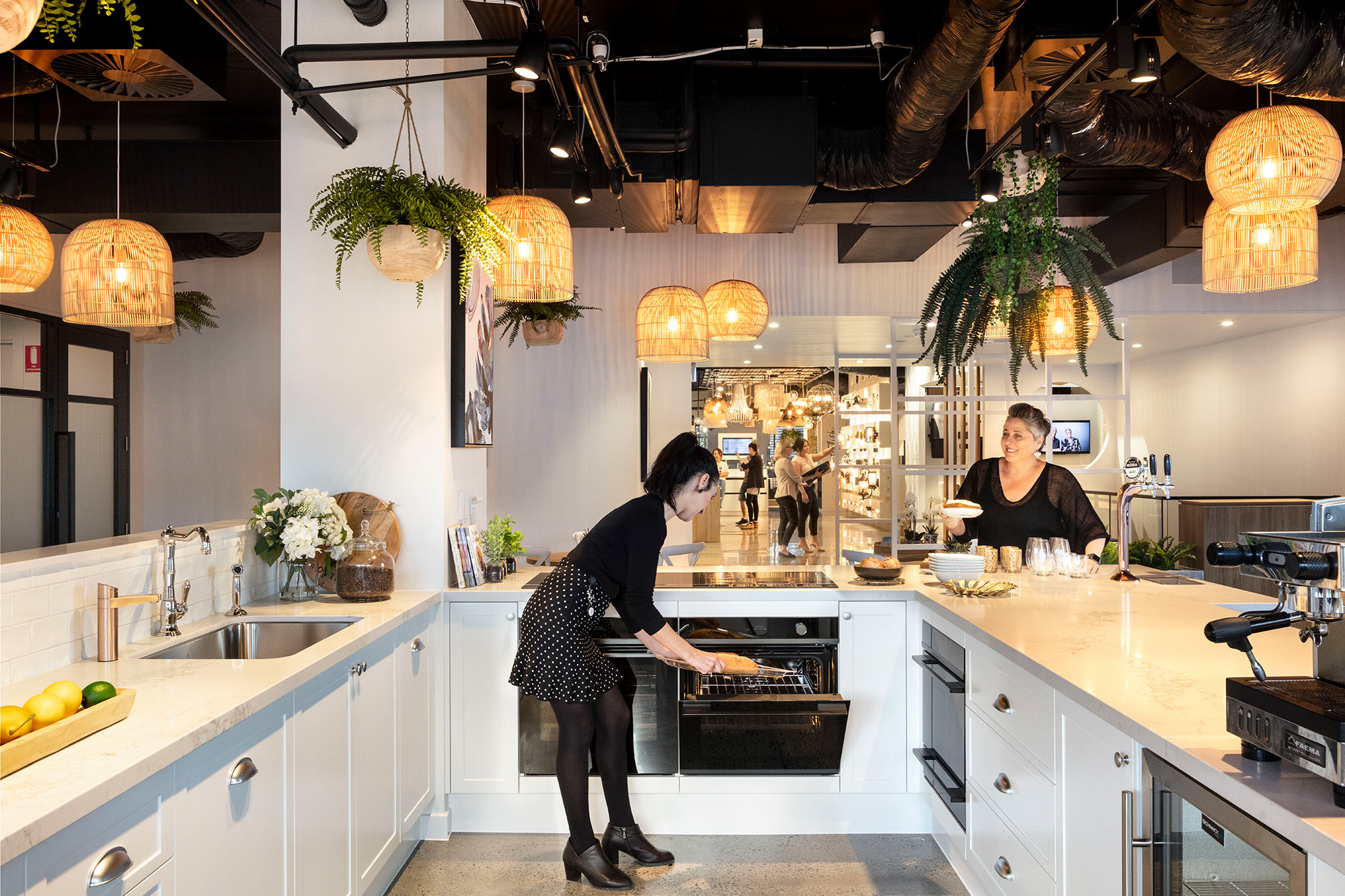 osing The Right One
osing The Right One
Choosing a cooktop is a crucial decision in designing your dream kitchen. Whether you lean towards the sleek efficiency of an induction cooktop or the reliable simplicity of an electric stove, Brighton Homes offers an array of options through our MyChoice Design Studio to suit your culinary preferences.
For those already embarking on their journey with Brighton Homes, we invite you to speak with our friendly team or explore our stunning kitchen designs in person at one of our display homes in Queensland.
Discover how our cooktop options can complement your lifestyle by visiting our MyChoice Design Studio. Should you have any inquiries or wish to discuss your options further, please don't hesitate to contact us.
Let Brighton Homes guide you to the right cooktop choice, ensuring a kitchen in your new home that's not only beautiful but also a joy to cook in.



